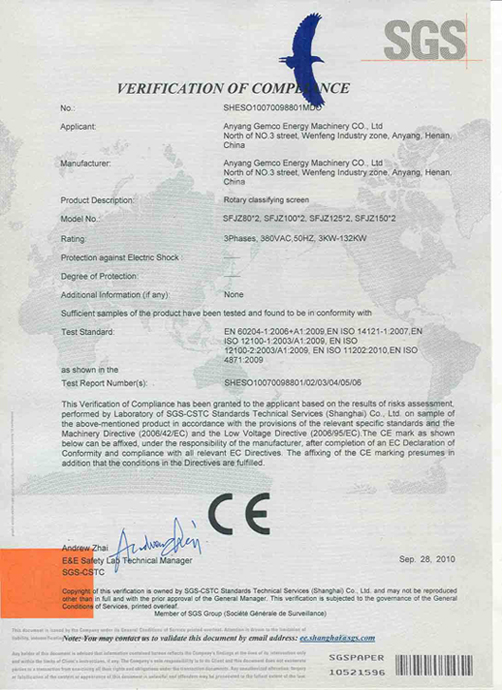How to Make Your Own Wood Pellets with Residential Pellet Mill
Learning how to make your own wood pellets with residential pellet mill is not difficult but can take a little experimenting to get it right. With the right knowledge and a small home pellet mill you can make your own pellets for yourself and your friends or even start a profitable wood pellet business.
Wood pellets are usually made in large pellet mills but residential pellet mills are starting to become more common and are now becoming more affordable even for home owners. With the ability for people to make their own wood pellets, pellet stoves now have more appeal than ever.
To make pellets what you need is raw material which can be wood, paper, cardboard, straw, yard wastes, corn stalks and just about any organic material. The material needs to be broken into small pieces about the size of sawdust or smaller. This can be done with a chipper or hammer mill or both.
Drying
You will need the material to be dry, around 10-20% moisture content depending on the material. If you can't get it this dry leaving it out in the sun or air drying it you may need a drier.
Conditioning
The material should be dry but still needs some moisture for the pelletizing process to work properly. If it's too dry water should be added to bring it up to that 10-20% moisture content.
Depending on the material and your small pellet mill you may have to add a binding agent like vegetable oil, flour corn starch to name a few. The binder is like the glue that holds the pellet together. Some materials like softwoods have enough natural binding agents and won't need any additional binders. This again depends on the material and also the residential pellet mill.
Pelletizing
Once the material is conditioned and mixed enough so that it will be consistent it's time to turn it into a pellet. A residential pellet mill consists of a roller and a die. The die is a piece of metal with pellet sized holes that are tapered on top like a funnel. The roller rolls across the top of the die and pressed the raw material into the die.
As the material gets shoved deeper into the tapered holes it gets compressed into a pellet. This generates heat which melts the binder. When the pellets are extruded out the other side of the die they then cool and the binder hardens to form a dense hard pellet.
It may sound a little complicated but it's kind of like cooking, sometimes you have to experiment a little and try mixing things a little differently before it turns out just right. After you get the hang of it it's not hard to learn how to make your own wood pellets. It's a good feeling to know you can create your own low cost heat source instead of relying on someone else to supply your pellets.









